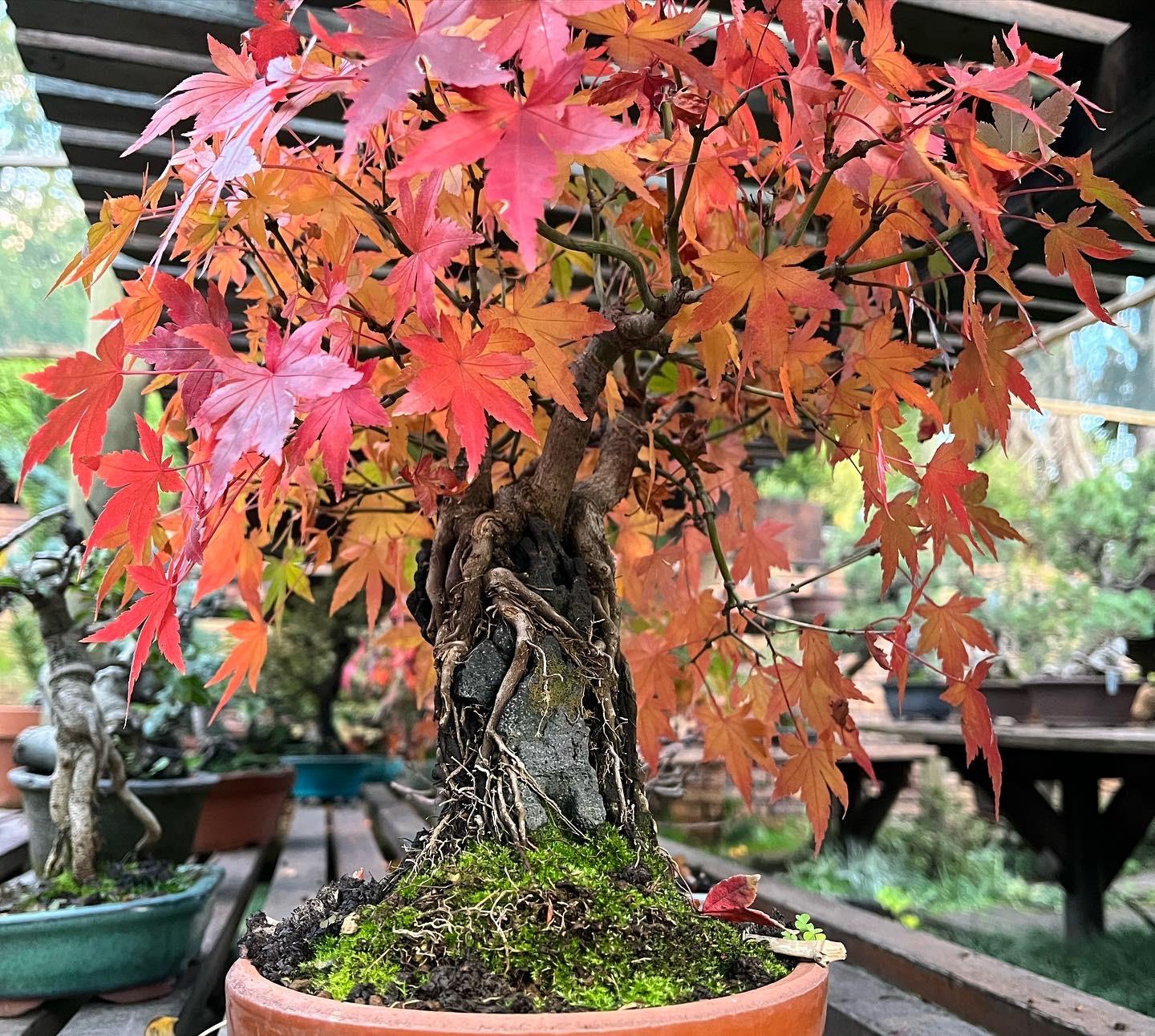
Introduction
Autumn, with its kaleidoscope of colors and cool breezes, marks a pivotal period in the life cycle of trees. Beneath the breathtaking spectacle of changing foliage lies a realm of intricate physiological processes that govern how trees prepare for the harsh conditions of winter. In this exploration, we delve into the scientific underpinnings of autumn tree physiology, focusing on the fascinating mechanisms of sugar storage and vascular adaptations. By uncovering the facts behind these phenomena, we gain a deeper understanding of how trees navigate the challenges of seasonal transitions.
The Science of Sugar Storage
As autumn descends upon the landscape, trees embark on a strategic mission to stockpile energy reserves for the impending dormancy of winter. At the heart of this endeavor lies the intricate process of sugar storage—a biochemical ballet orchestrated by the tree's metabolic machinery.
During the bountiful days of spring and summer, trees harness the power of photosynthesis to convert sunlight into chemical energy. Through the magic of chlorophyll and a complex dance of enzymes, carbon dioxide from the air and water from the soil are transformed into glucose—a simple sugar that serves as the currency of cellular energy.
Yet, the tree's metabolic prowess extends beyond immediate energy needs. Sensing the impending chill of winter, trees begin to allocate surplus glucose into long-term storage reserves in the form of starch—a polysaccharide prized for its stability and compactness. This conversion from glucose to starch represents a savvy investment in future survival, ensuring a steady supply of energy during the lean months ahead.
The journey of sugar from leaf to storage site is a testament to the tree's intricate vascular system—a network of conduits that transport nutrients and water throughout its sprawling form. In autumn, the flow of sugars takes on a new urgency as leaves senesce and the chlorophyll-fueled frenzy of summer gives way to the quiet preparations of winter.
Vascular Adaptations for Winter Resilience
While sugar storage provides the fuel for winter survival, it is the tree's vascular system that serves as the conduit for life-sustaining resources. As temperatures plummet and daylight hours dwindle, trees undergo a series of structural adaptations to fortify their vascular architecture against the rigors of winter.
At the heart of this transformation lies the cambium—a thin layer of undifferentiated cells nestled between the xylem and phloem. Under the cloak of autumn, the cambium awakens from its summer slumber, embarking on a frenzy of activity known as secondary growth.
Secondary growth is a marvel of botanical engineering, fueled by the precise orchestration of cell division and differentiation. As temperatures drop, the cambium's metabolic machinery shifts into high gear, producing new layers of xylem and phloem that thicken the tree's vascular infrastructure.
The result of this vascular thickening is twofold. On one hand, it provides mechanical support, fortifying the tree's trunk and branches against the weight of snow and ice. On the other hand, it enhances hydraulic conductivity—the tree's ability to transport water and nutrients from root to shoot—ensuring that vital resources reach their destination despite the challenges of winter.
Autumn Bonsai Care: A Science-Based Approach
Armed with a deeper understanding of autumn tree physiology, bonsai enthusiasts can take a science-based approach to autumn care routines. Rather than relying on tradition or intuition, we can leverage the latest insights from botanical research to optimize the health and vitality of our miniature trees.
Timing Matters:
Begin autumn care routines early in the season, as soon as temperatures begin to cool and daylight hours shorten. This allows ample time for trees to adjust to changing conditions and prepare for winter dormancy.
Mechanical Intervention:
Autumn is the ideal time to intervene mechanically, shaping and styling bonsai trees to optimize aesthetic and photosynthetic efficiency. By selectively pruning shoots and branches, bonsai enthusiasts can influence resource allocation and promote balanced growth.
Nutritional Support:
Feed bonsai trees generously with organic plant food that is low in nitrogen—a nutrient that promotes vegetative growth at the expense of fruit and flower development. By providing a balanced diet, bonsai enthusiasts can support the nutritional needs of their trees and promote overall health and vitality.
Caution and Patience:
Exercise caution and patience in autumn care routines, adopting a less aggressive approach compared to late winter. Avoid heavy pruning or repotting, as trees may be more susceptible to stress during this transitional period. Instead, focus on gentle shaping and maintenance tasks that promote gradual, sustainable growth.
Conclusion
In conclusion, autumn tree physiology offers a fascinating glimpse into the inner workings of nature's masterpieces. Through the lens of science, we uncover the intricate mechanisms of sugar storage and vascular adaptations that enable trees to thrive in the face of seasonal challenges. Armed with this knowledge, bonsai enthusiasts can approach autumn care routines with confidence, knowing that they are guided by the latest insights from botanical research. By aligning our practices with the natural rhythms of the seasons, we can ensure the health and vitality of our miniature trees, fostering a deeper connection to the wonders of the natural world.